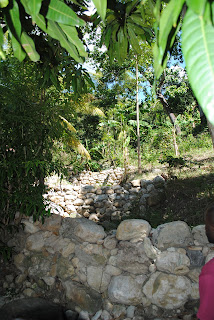January 1st
is not only New Years day in Haiti it is also Independence day.
We
stand to face the future;
God
behind us in the past
Christ
before us; the way ahead;
Christ
beside us in this moment;
Christ
beneath us in our weakness;
Christ
above to shield us –
beneath
the shadow of his wings we are safe;
Christ
between us to bind us in the unity of his love;
Christ
in us, equipping us with his all sufficient grace.
Thus
armed and guided, and protected we face the new year.
Now
we arise and go forth on the journey before us,
knowing
that, where Christ leads, life is a journey home.
Therefore
we travel in faith, in hope, and in love,
in
the name of the Father, and of the Son and of the Holy Spirit.
May
the blessing of God be upon us all this year and into eternity.
Amen
A
New Year Blessing from the Iona Community, Iona, Scotland




































